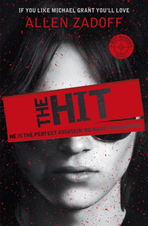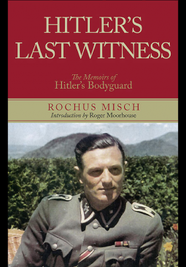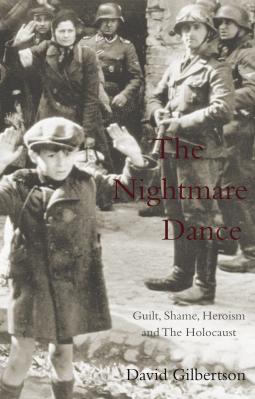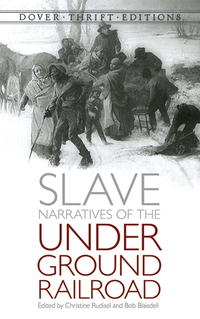For the third or fourth time over the past weeks, I found myself turning to a read relating to WWII. I’m not sure what has compelled me to turn to taking another look at an era I studied fairly intensely years ago. Perhaps news stories of leaders gassing their own people, of nuclear proliferation moving forward, or of beheadings, have moved me. I can’t say for sure. But I can say that this story, The Butterfly and the Violin, by Kristy Cambron, was both dark—and charming, as Cambron has offered up two stories in one.
Sera James is an art dealer. Left at the altar by a former fiancé, she focuses her efforts on finding the original of a painting she saw once as a child. The painting is of a woman in a concentration camp during WWII. Head shaven, arm tattooed, she is playing the violin. Sera follows her lead to California, where she meets William Hanover, the man responsible for his family’s business. The Hanover’s own a copy of the painting Sera is searching to find. The two set out to find the original. Along the way, they connect. But, can they trust one another?
The second story is of Adele, the “sweetheart” of the Vienna orchestra, a well-known soloist, and the subject of the painting Sera and William seek to find. Together with Vladimir, the man Adele has come to love, Adele seeks to find a place of safety for a Jewish family left hiding in Vienna. When their plans go awry, Adele’s own parents (her mother deeply shallow and her father, a military officer) deliver her up to the authorities. She is to be assigned to a “labor detail” for her “re-education.” She lands in a concentration camp, where an orchestra is formed to play for those who arrive as they march their way toward death.
The Butterfly and the Violin tells a story of struggle and perseverance, of death and destitution, and of faith. With strong Chrisitian themes, Cambron has delivered a memorable glimpse into the world of the concentration camps, of those who died there, and of those who lived to tell their stories. Meanwhile, she offers readers a story of courage, healing and hope.







